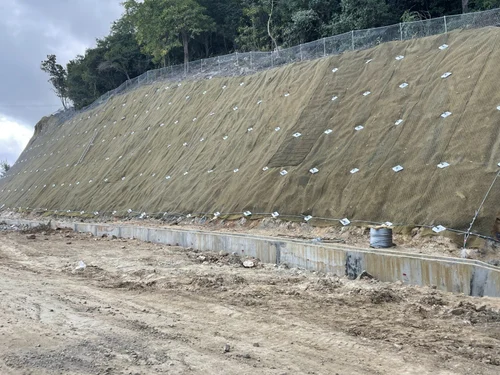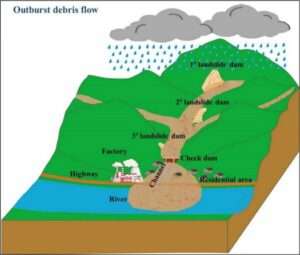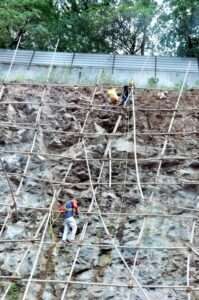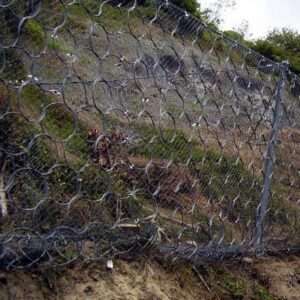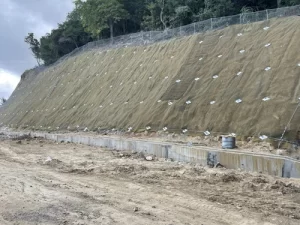Introduction
Rockfall is a major hazard in mountainous regions, construction sites, and transportation corridors, posing risks to human life, infrastructure, and the environment. Effective rockfall mitigation strategies are essential for preventing accidents and ensuring long-term slope stability. This article explores key techniques used in rockfall mitigation, their applications, and the benefits of implementing these measures.
Common Rockfall Mitigation Techniques
1.Rockfall Barriers
Rockfall barriers, including flexible mesh and rigid barriers, intercept falling rocks before they reach roads, railways, or structures. These barriers absorb impact energy and redirect debris safely.
2.Rock Bolts and Anchors
Rock bolts and fully threaded anchors reinforce unstable rock masses by transferring loads from loose material to stable bedrock. They help prevent rock detachment and enhance overall slope stability.
3.High-Tensile Wire Mesh
Wire mesh systems cover slopes to prevent small to medium-sized rocks from dislodging. When combined with anchors, these meshes provide additional strength and control against rockfall hazards.
4.Shotcrete Application
Shotcrete, or spray-applied concrete, creates a protective layer over exposed rock surfaces. This technique helps bind fragmented rock together and reduces weathering effects.
5.Rockfall Attenuation Systems
Attenuation systems use energy-dissipating panels that slow down and control rockfall movement, allowing debris to settle in designated areas without causing damage.
6.Debris Flow and Catchment Areas
Engineered catchment areas and ditches are designed to collect rockfall debris safely, preventing material from reaching critical infrastructure.
7.Slope Regrading
Slope regrading involves reshaping terrain to reduce the steepness of slopes, minimizing the risk of rock detachment. This technique is often combined with other mitigation measures for enhanced safety.
Benefits of Rockfall Mitigation
- Improved Safety: Protects people, roads, railways, and buildings from falling rocks.
- Infrastructure Longevity: Prevents costly damage to transportation networks and structures.
- Environmental Protection: Reduces the impact of rockfall on natural landscapes and ecosystems.
- Cost-Effective Solutions: Preventative measures help reduce long-term maintenance and repair costs.
Conclusion
Rockfall mitigation is essential for ensuring safety and stability in areas prone to rockfalls. By implementing effective strategies such as barriers, wire mesh, shotcrete, and slope stabilization techniques, engineers can minimize risks and protect infrastructure. As technology advances, innovative rockfall mitigation solutions continue to enhance safety and resilience in geotechnical engineering.


